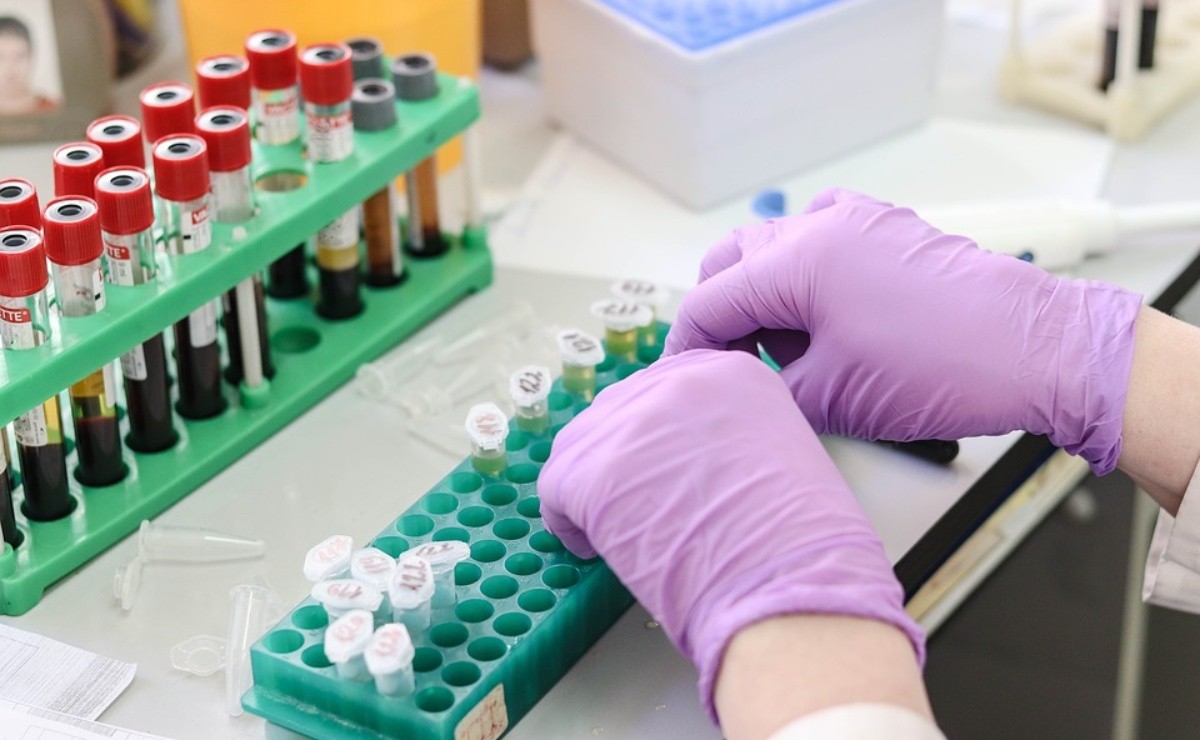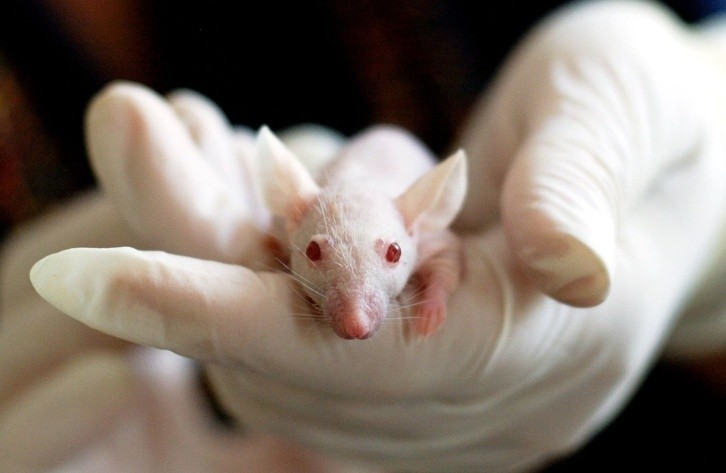
Australian researchers developed a new technique that allows cervical cancer to be removed more effectively than current methods.
Cancer is one of the diseases that claim the most lives every year worldwide, so there are many efforts being made in the world of science to understand the mechanisms behind each type in order to better combat it. way and give a greater life expectancy to the people affected by it.
Cervical uterine cancer is, along with breast cancer, the type of cancer that affects women the most in the world. On this occasion, after a long period of research, Australian scientists developed a technique that makes it possible to specifically target cancer cells in order to kill them more quickly and effectively .
In the study published in the Journal of Molecular Therapy , scientists from Griffith University in Queensland, Australia, were able to signal cervical cancer tumors in mice using nanoparticle and gene editing techniques. How does this new technique work?

Everything is achieved thanks to the novel technology developed to edit and manipulate genes, CRISPR-Cas9 , which are injected into the affected intravenously. The gene editing tool is capable of entering cancer cells by means of nanoparticles specifically designed to couple only to the E7 gene related to the development of this type of cancer, to later cut it in half and thus lose its expression capacity within the cell.
This means that if a cell has this gene responsible for producing cervical cancer, with the help of this technique, when it replicates to form new cells, it will not be able to recognize the gene, since it will be destroyed, which will cause the New cells now develop without that gene, and cannot develop cancer in this way.
The technique was able to eliminate tumors in the diseased mice in which it was used, however it has not yet been tested in humans . Some years of research are still needed before taking this therapy to a clinical level as a treatment in hospitals around the world.

Scientists do not doubt that these types of techniques will be available very soon to be able to treat cancer more effectively without the annoying consequences of chemotherapy that is normally used to combat it.
It may interest you: Prostate cancer can be destroyed with gold nanoparticles